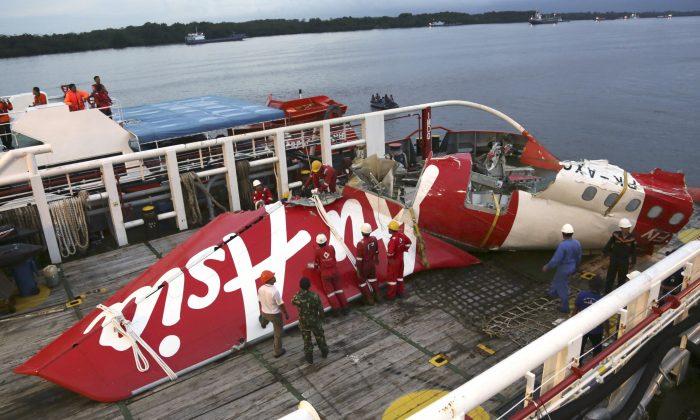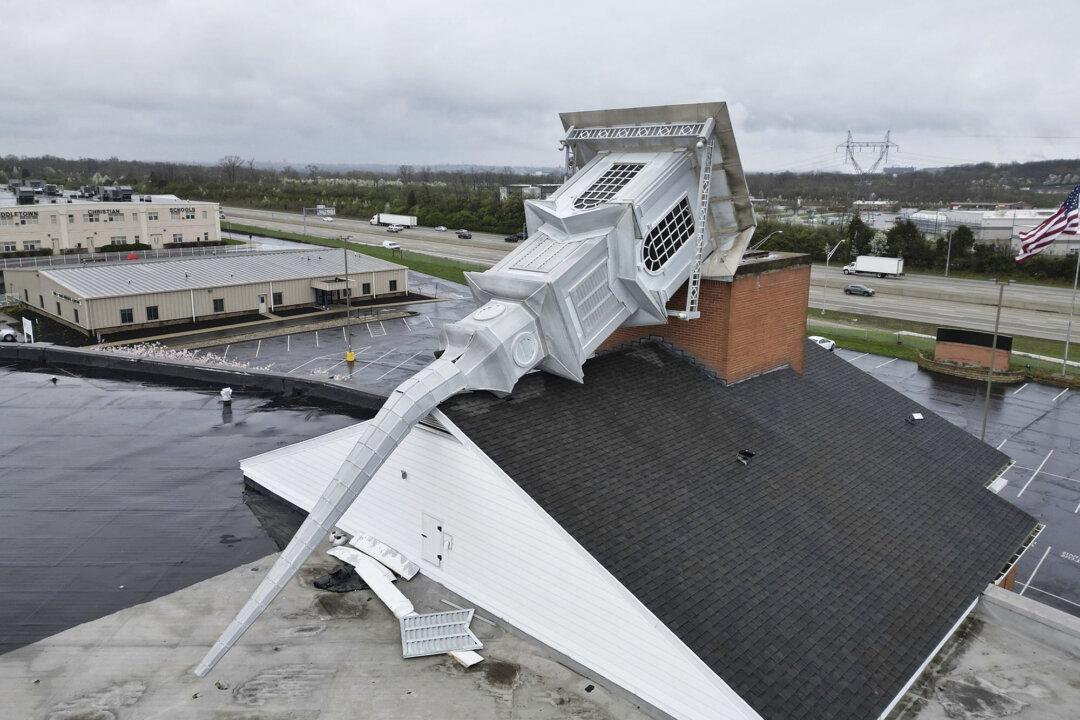JAKARTA, Indonesia—A rudder control system problem that had occurred 23 times in the previous 12 months coupled with the pilots’ response led to last year’s crash of an AirAsia plane that killed all 162 people on board, Indonesian investigators said Tuesday.
The National Transportation Safety Committee said an analysis of Flight 8501’s data recorder showed the rudder control system had sent repeated warnings to the pilots during the Dec. 28 flight between the Indonesian city of Surabaya and Singapore.
Aircraft maintenance records for the Airbus A320 showed that problems with the rudder system had been reported 23 times during the year prior to the crash, with more frequent occurrences in the three months immediately before the accident. Investigators said the problem was caused by a cracked soldering joint on an electronic circuit board.
After the fourth warning during the flight, the pilots attempted to reset the control system while flying the plane manually, which caused it to enter a prolonged stall from which they were unable to recover, and the plane plowed into the Java Sea, the investigators said.
Investigator Nurcahyo Utomo said the plane’s voice recorder indicated possible confusion between the pilot and co-pilot. He said at one point the pilot said “pull down,” but in fact the plane was ascending.
“It seemed that there was a miscommunication between the pilot and co-pilot after the fourth fault,” he said.
Bad weather conditions did not play a role, as initially believed, the investigators said.
The last contact between the pilots and air traffic control indicated they were entering stormy weather. They asked to climb from 32,000 feet (9,753 meters) to 38,000 feet (11,582 meters) to avoid threatening clouds, but were denied permission because of heavy air traffic. Four minutes later, the plane dropped off the radar. No distress signal was issued.
“There is much to be learned here for AirAsia, the manufacturer and the aviation industry,” AirAsia chief executive Tony Fernandes tweeted. “We will not leave any stone unturned to make sure the industry learns from this tragic incident.”





